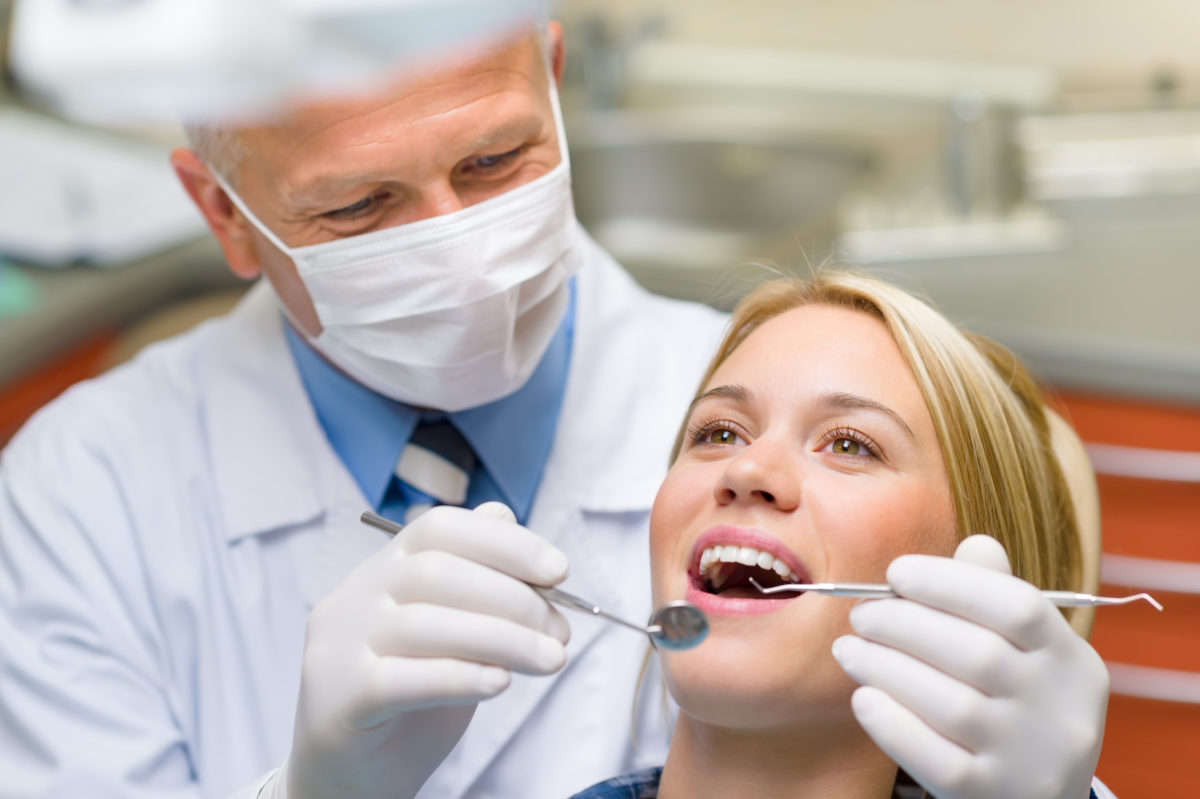Some Ideas on Legacy Orthodontics You Should Know
Some Ideas on Legacy Orthodontics You Should Know
Blog Article
Excitement About Legacy Orthodontics
Table of ContentsA Biased View of Legacy OrthodonticsThe 5-Second Trick For Legacy OrthodonticsWhat Does Legacy Orthodontics Mean?Rumored Buzz on Legacy OrthodonticsLegacy Orthodontics Things To Know Before You Get This
At Advanced Orthodontics, we provide people with a all natural therapy experience. In enhancement, we provide adjustable treatment schedules, versatile payment options and an enjoyable, pleasurable experience. orthodontist. Phone call ( 480) 357-4900 today for additional information and routine a consultation.An orthodontist is a dental practitioner educated to diagnose, avoid, and treat teeth and jaw irregularities. They remedy existing conditions and are educated to recognize problems that might create in the future. Orthodontists deal with individuals of all ages, from youngsters to grownups. People often connect an excellent smile with good health and wellness.
Malocclusion, or misaligned teeth, can bring about dental issues, consisting of dental cavity, gum tissue disease, and tough or uncomfortable eating. Not every person is born with straight teeth. If you have a negative bite or large spaces between your teeth, you might intend to consult a dentist specializing in orthodontic care.
How Legacy Orthodontics can Save You Time, Stress, and Money.
( Picture Credit Rating: DigitalVision/Getty Images) Orthodontists utilize repaired and detachable dental devices, like dental braces, retainers, and bands, to change the setting of teeth in your mouth. Orthodontic treatment is for oral abnormalities, consisting of: Uneven teethBite problems, like an overbite or an underbiteCrowded teeth or teeth that are too much apartJaw misalignmentThe objective of orthodontic therapy is to enhance your bite.
While you could believe of orthodontists as generally for youngsters or young adults that need braces, they can correct dental problems at any age. Orthodontists attend university, dental college, and orthodontic institution.
All orthodontists are dentists, but not all dental experts are orthodontists. Orthodontic residency programs provide extensive, concentrated guideline for oral professionals. They focus on two locations: How to correctly and safely move teeth Exactly how to appropriately guide development in the teeth, jaw, and faceOnce an orthodontist has actually finished training, they have the option to become board licensed.
Little Known Questions About Legacy Orthodontics.
Imbalance, or malocclusion, is the most usual reason people see an orthodontist. It is hereditary and is the result of dimension distinctions in between the upper and lower jaw or in between the jaw and teeth. Malocclusion leads to tooth congestion, a misshapen jaw, or irregular bite patterns. Malocclusion is typically treated with: Your orthodontist attaches metal, ceramic, or plastic square bonds to your teeth.
If you have just small malocclusion, you might be able to use clear braces, called aligners, rather than conventional braces (https://padlet.com/brianmccune20176/legacy-orthodontics-oaq8ob5ieez4famy). Some people need a headwear to assist relocate teeth right into line with stress from outside the mouth. After dental braces or aligners, you'll require to put on a retainer. A retainer is a custom-made gadget that keeps your teeth in position.
They're frequently used on kids. They can create extra room in the mouth without needing to pull teeth. If you have a serious underbite or overbite, you could require orthognathic surgery (additionally called orthodontic surgical procedure) to lengthen or shorten your jaw. Orthodontists use cables, surgical screws, or plates to sustain your jaw bone.
You may need to see an orthodontist if you have: Crowding or not enough area for all of your teethOverbite, when your top teeth come your base teethUnderbite, when your bottom teeth are as well far forwardSpacing or problems with gapsCrossbite, which is when your upper teeth fit behind your base teeth when your mouth is closedOpen bite or an upright gap between your front base and upper teethMisplaced midline, when the facility of your base and upper teeth don't align Correcting a dental malocclusion can: Make attacking, eating, and talking easierImprove the symmetry of our face and your total appearanceEase pain from temporomandibular joint disordersDifferent your teeth and make them much easier to clean up, assisting avoid dental cavity or dental caries It's often a dental professional who first notifications misaligned teeth during a routine exam.
The Definitive Guide to Legacy Orthodontics

During your very first orthodontic consultation, you'll likely have: A dental examPhotos taken of your face and smileDental X-raysPanoramic (360 degree) X-rays of your face and headImpressions to develop mold and mildews of your teethThese examinations will assist your orthodontist recognize exactly how to proceed with your treatment. orthodontist. An orthodontist is a dental expert who's had training to treat your teeth and jaw
Orthodontists might execute surgical treatment, Find Out More exams,X-rays,and even more to assist you attain an extra comfortable, much healthier smile. An orthodontist is focused on your bite, so something like a chipped tooth would certainly be managed by a dental expert. Orthodontists are dental professionals however not all dental practitioners are orthodontists. Orthodontists are concentrated on your bite, or the way your teeth meshed, and the straightness of your teeth.
Ever wondered just how celebs constantly appear to have flawlessly aligned teeth? Orthodontists are dental professionals that concentrate on remedying irregularities in the teeth and jaws.
Indicators on Legacy Orthodontics You Should Know

, orthodontists have a diverse toolkit at their disposal. These tried-and-true dental braces utilize a system of braces bound to the teeth and connected by cables.
Clear aligners, like Invisalign, are a prominent option for clients looking for an extra discreet therapy option. These detachable trays are tailor-made to progressively move the teeth's setting. Headwear may be utilized together with dental braces or aligners to apply extra targeted forces, especially for remedying jaw disparities. In situations of narrow jaws, palatal expanders can be used to develop room for appropriate tooth placement.
Report this page